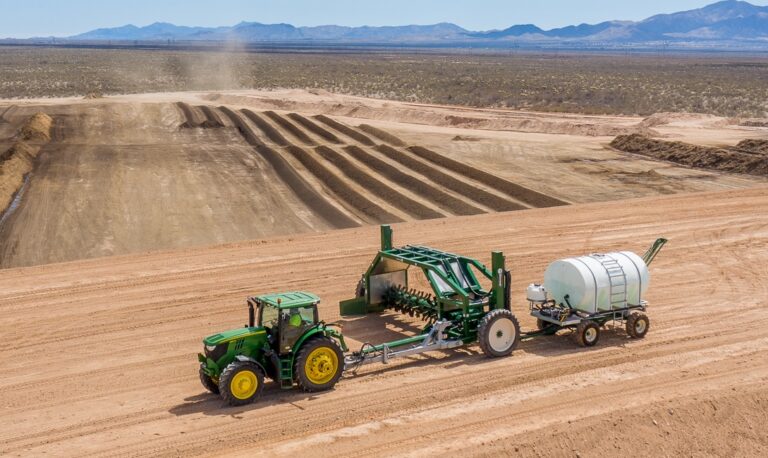
Ways To Increase Your Compost Site’s Efficiency
Composting on a commercial level is making waves throughout the farming industry. More and more agricultural workers are grasping the value added by this process. In particular, farmers cut costs by reducing the need to bring in externally produced fertilizers and manures. Furthermore, many farms boost their profits by overproducing compost and selling the excess. With such exceptional benefits, it’s no wonder people are interested in ways to increase your compost site’s efficiency.
Choose an Efficient Design
One of the first aspects to consider when setting up a compost operation is to find a design that best supports the needs of the farm. While it may be tempting to simply make a heap, there is significant science involved in creating truly efficient compost. If you’re not already, consider using a windrow layout. The elongated form makes it very easy to run tractors along for processes such as aeration, hydration, and inoculation.
Also, it makes positioning compost out of the way easier. As the name suggests, windows are typically composed on the edges of fields to minimize wasted growing space. Finally, the ideal size of a compost pile is three by three or four by four feet which makes maintaining regular internal heat simpler.
Better Utilize Aeration
One of the best ways to increase your compost site’s efficiency is to improve application of aeration. The real difference-maker when it comes to breaking down speed is the critters and microbes living in your compost—namely worms and various beneficial species of microorganisms. The latter especially is often attributed to efficient turnaround times in making compost. Colonies reproduce quickly with the addition of oxygen.
Deep within a compost pile, there is not a surplus of fresh air. To combat this, farmers use tools such as compost tumblers and turners. Midwest Bio-Systems is a compost-turner manufacturer with a selection of quality models perfect for different size operations. We also offer educational services to help farmers understand the roles that aeration, microbes, windrow builds play in commercial agriculture.
Maximize Heat and Moisture
The two key factors in quick composting are heat and moisture. If a pile consists of dead and dry plant matter, chances are there isn’t much moisture. Keeping a good mix of green and dead plant matter is the best way to manage moisture without much fuss. Alternatively, dampening windows is a simple way to keep the water content up to snuff.
Well-balanced compost piles will begin to generate heat on their own. While it’s often a matter of surprise and interest to first-timers, this is a natural process. As microbes work hard to break down the material, they cause a temperature shift. Ideally, compost piles best benefit from a steady temperature of 65°C or less as too hot can negatively impact colonies. As such, it’s worth checking the temperatures of a pile before turning. Adjusting the size of the pile and aeration helps keep colonies at peak performance.
